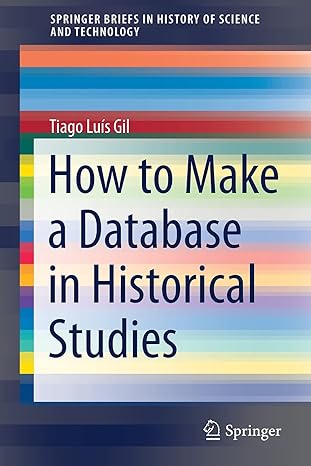Question
#include using namespace std; struct struct1 { float a; int b; }; struct struct2 { double ow; short ws; }; int myfun(int p, float q,
#include using namespace std; struct struct1 { float a; int b; }; struct struct2 { double ow; short ws; }; int myfun(int p, float q, short r) { int s; struct2 No; if(q > 20) s = p / 1; else s = p + (- 5) ; //MyLine return s; } int main( ) { int i; double j; short k[3]; struct1 Now; i = 10; j = 20; myfun(i, Now.a, k[0]); return 0; }
a) Draw a dynamic symbol table for the given program (at My-Line). b) Draw the stack contents while execution started from the main function and the execution reached at My-Line. c) Show the corresponding code contents in memory for the main & myfun function.
Step by Step Solution
There are 3 Steps involved in it
Step: 1

Get Instant Access to Expert-Tailored Solutions
See step-by-step solutions with expert insights and AI powered tools for academic success
Step: 2

Step: 3

Ace Your Homework with AI
Get the answers you need in no time with our AI-driven, step-by-step assistance
Get Started


